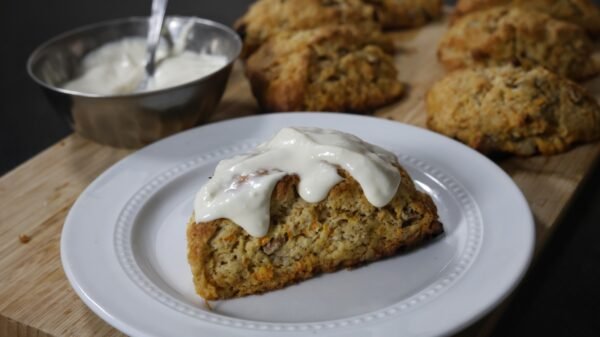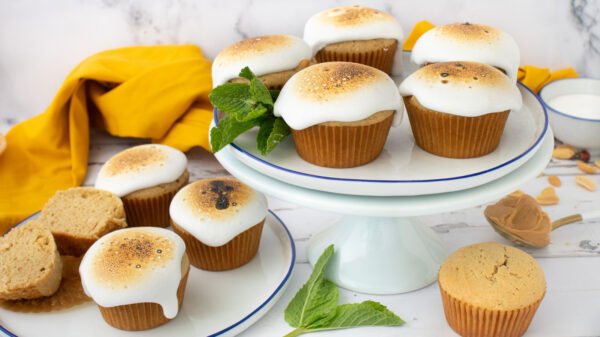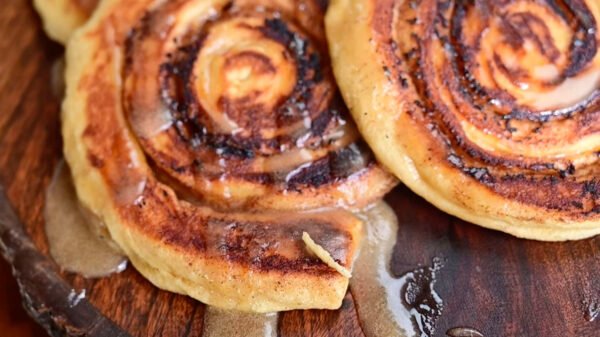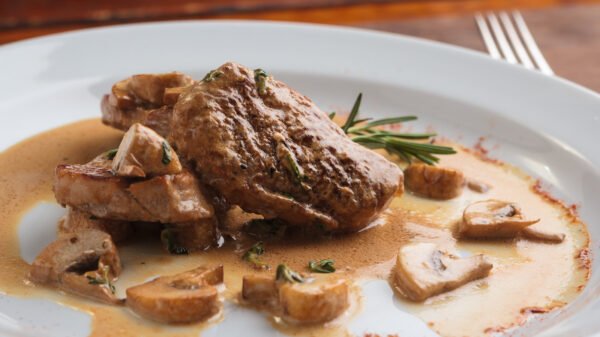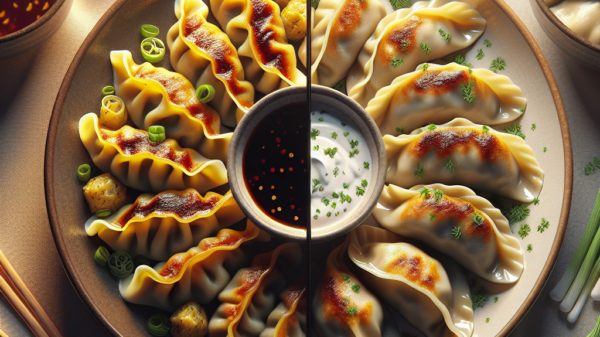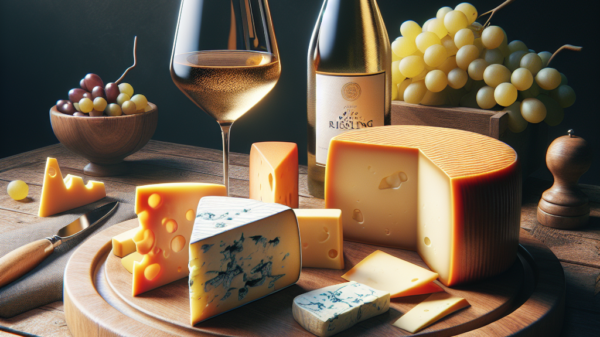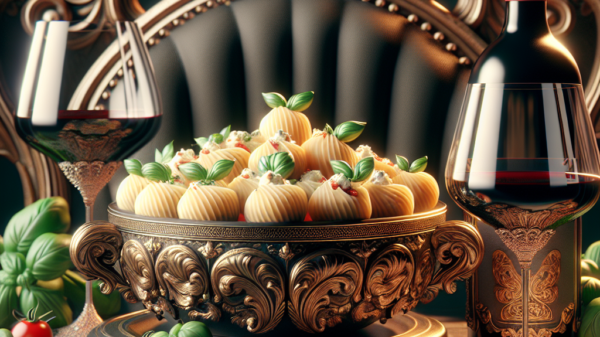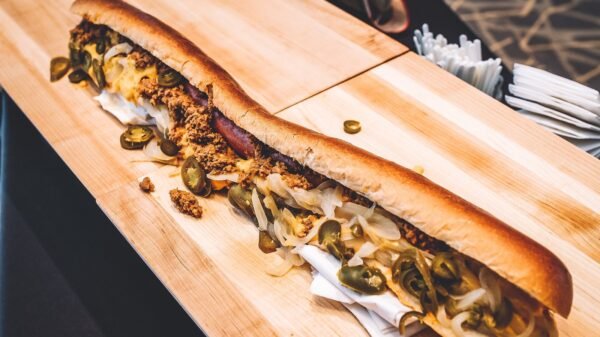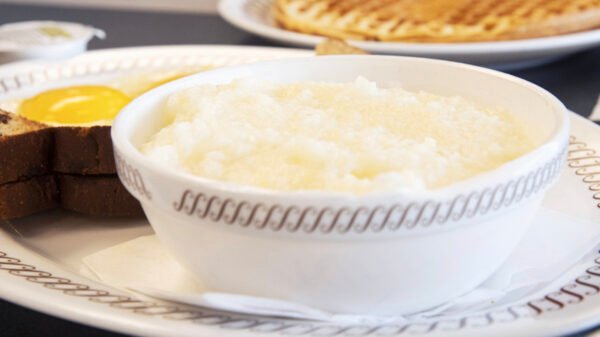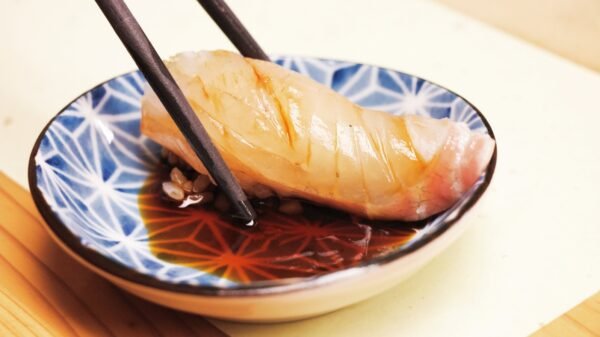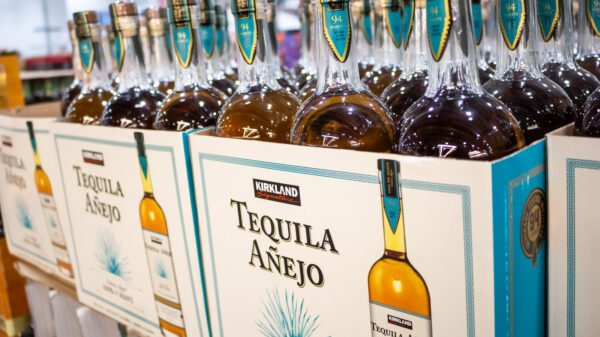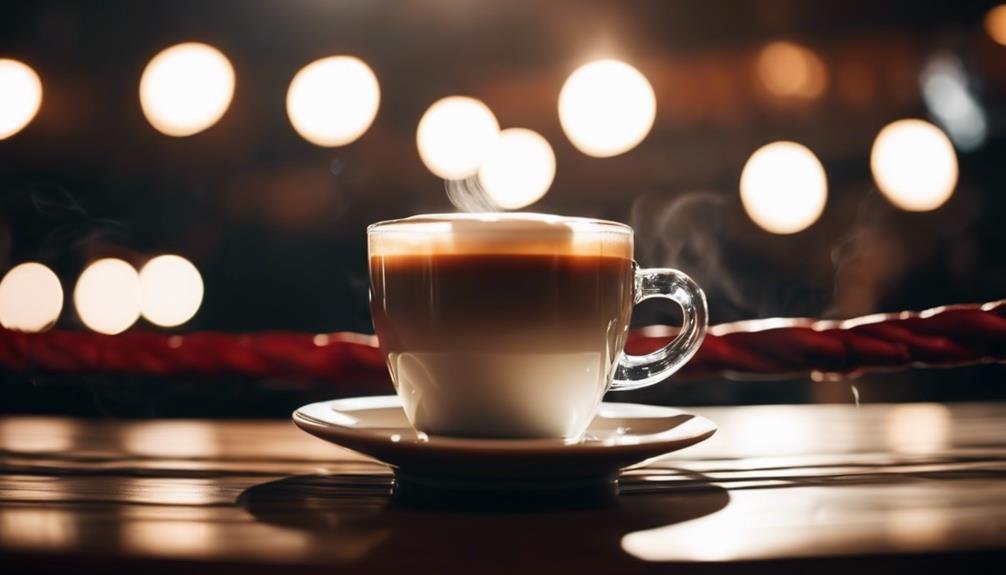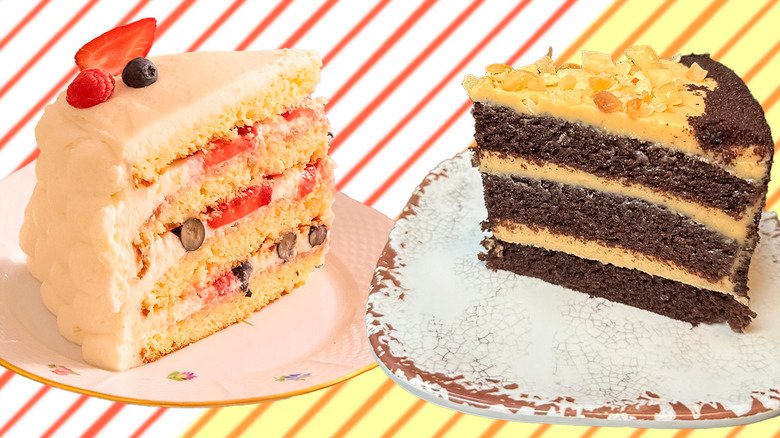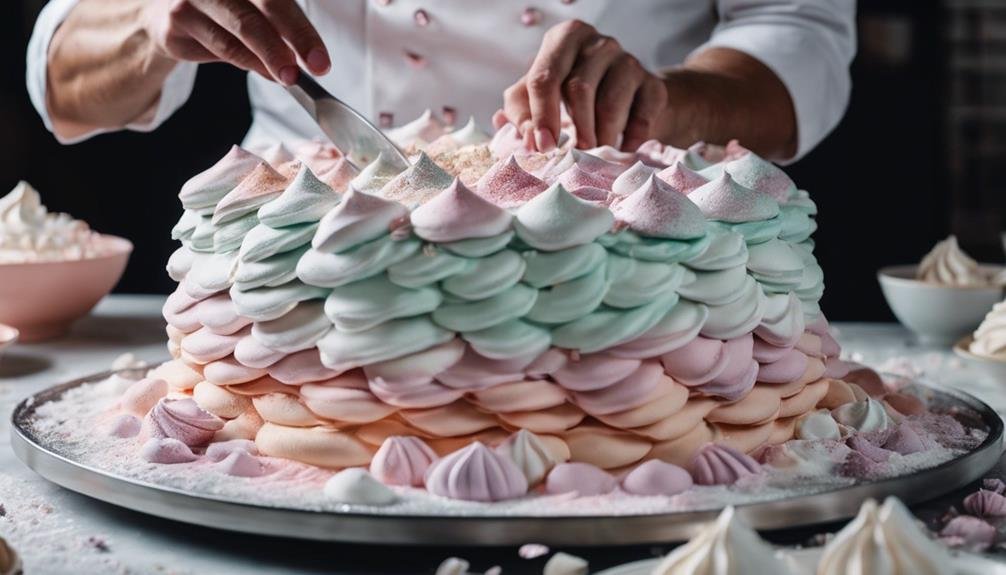You’re at the crossroads of a delicious dilemma, deciding between a cappuccino and a latte, each a titan in the world of coffee. These espresso-based drinks carry their unique charms: the cappuccino, with its perfect balance of espresso, steamed milk, and foam, offers a bold flavor and a refreshing texture, while the latter provides a smoother, milkier experience, often adorned with artful designs on its surface.
As you ponder your choice, consider the subtle differences in preparation, taste, and cultural significance that set these beverages apart. Join us as we examine the nuances that might tip the scales in this foamy battle, guiding you toward your ultimate coffee preference.
Cappuccino Vs. Latte Key Takeaways
- Cappuccinos feature equal parts espresso, steamed milk, and foam, making them frothier and more espresso-forward than lattes.
- Lattes contain more steamed milk, offering a creamier texture and a milkier taste, with just a thin layer of foam on top.
- Both beverages’ cultural origin and popularity highlight espresso’s deep roots in Italian culture, with lattes being a recent American favorite.
- The preparation methods underscore the importance of milk foam distribution, distinguishing cappuccinos by their thicker foam and lattes by their higher milk content.
Origins and Significance
Delving into the rich tapestry of Italian coffee culture reveals the storied origins and cultural significance of the cappuccino and latte, each boasting a unique heritage shaping coffee consumption worldwide.
The adventure starts with espresso, the heart of Italian coffee culture and the base for both these beloved drinks. The cappuccino, emerging in Italy in the early 1900s, takes its name from the Capuchin friars, hinting at its deep-rooted cultural ties. It’s crafted from equal parts espresso, steamed milk, and foam, offering a rich and velvety experience.
On the other hand, the latte, with its roots stretching back to the 17th century, presents a smoother and creamier taste due to its higher ratio of steamed milk to espresso, topped with a delicate layer of foam. Though traditionally less common in Italian cafes, the latte was adapted for tourists, highlighting Italian coffee culture’s adaptability and influence.
Each morning, Italians welcome the cappuccino as a staple of their breakfast ritual, showcasing the espresso’s robust flavor complemented by the frothy texture. This tradition underscores these beverages’ significant role in daily life, uniting people through a shared love for coffee.
Preparation Techniques
Exploring the rich heritage of Italian coffee culture leads us to the artful preparation techniques of cappuccinos and lattes, where the balance of espresso, milk, and foam plays a pivotal role in crafting these beloved beverages. To immerse yourself in espresso beverages, you’ll need to master milk frothing, a skill that distinguishes a mediocre drink from a masterpiece. For cappuccinos, aim for equal parts espresso, steamed milk, and foam to achieve that creamy texture that’s both rich and airy.
The techniques for frothing milk for coffee vary, but using the best cappuccino espresso machines can significantly ease the process. With their higher milk-to-espresso ratio and a whisper-thin foam layer, lattes call for a gentle touch and precise pouring. The difference between latte and cappuccino foam isn’t just in volume but in texture, affecting the drink’s overall character.
Whether following traditional Italian espresso drink recipes or experimenting with your creations, understanding these preparation nuances will enrich your coffee experience. So, welcome the freedom to explore, experiment, and perfect your technique, knowing that the voyage to the perfect cup is as rewarding as the drink itself.
Milk Foam Differences
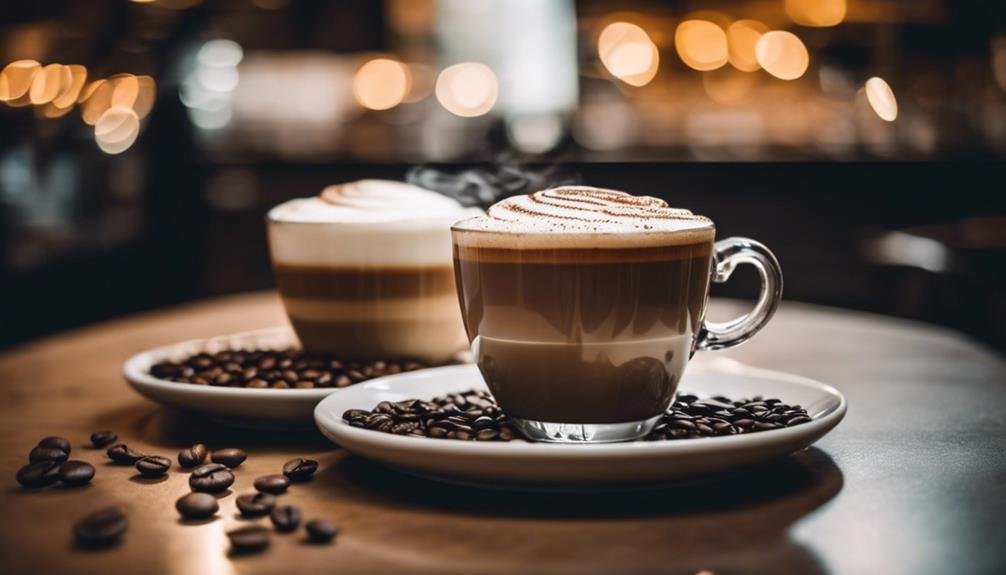
One major difference often stands out when comparing cappuccinos and lattes: the milk foam. You’re about to delve into the frothy world where texture and thickness take the stage, greatly influencing your coffee experience.
Here’s a quick breakdown to help you understand the foam factor better:
| Feature | Cappuccino | Latte |
|---|---|---|
| Foam Thickness | Thicker, denser | Thinner, smoother |
| Texture | Frothy, velvety | Lighter, creamier |
| Foam Role | Provides insulation | Blends flavors seamlessly |
| Coffee Flavor | More pronounced | Balanced with milk |
| Mouthfeel | Distinct texture | Smoother, creamier |
Cappuccinos bring a thicker, more frothy milk foam to the table, creating a velvety texture that’s hard to miss. This foam serves as a delightful topping and insulates your drink, keeping it warm while you sip. In contrast, lattes sport a thinner foam layer, emphasizing a smoother, creamier mouthfeel. This lighter foam intertwines the coffee and milk flavors, offering a harmonious taste experience.
Understanding these differences, you’re better equipped to choose your champion in the foamy battle between cappuccino and latte. Whether you crave the bold texture of a cappuccino or the silky smoothness of a latte, it’s all about what makes your taste buds sing.
Taste and Texture
Building on our understanding of milk foam differences, let’s focus on how the taste and texture of cappuccinos and lattes cater to varied coffee preferences. A cappuccino might be your go-to if a coffee enthusiast loves a strong espresso flavor with a velvety, frothy texture. The thick foam layer adds to the richness and acts as insulation, keeping your coffee warm and enhancing your drinking experience.
On the other hand, if you prefer smoother and creamier coffee, a latte is likely more up your alley. With its higher milk content, the latte offers a milder taste and a creamier texture, making it a comforting choice for those who like their coffee less intense. The thin foam layer on a latte provides a different mouthfeel, adding a subtle elegance to every sip.
Whether you prefer the bold and frothy texture of a cappuccino or the smooth, velvety feel of a latte, both these beverages have their unique charm. As coffee enthusiasts, we’re lucky to have the freedom to choose between these delightful options based on our taste and texture preferences.
Popularity Trends
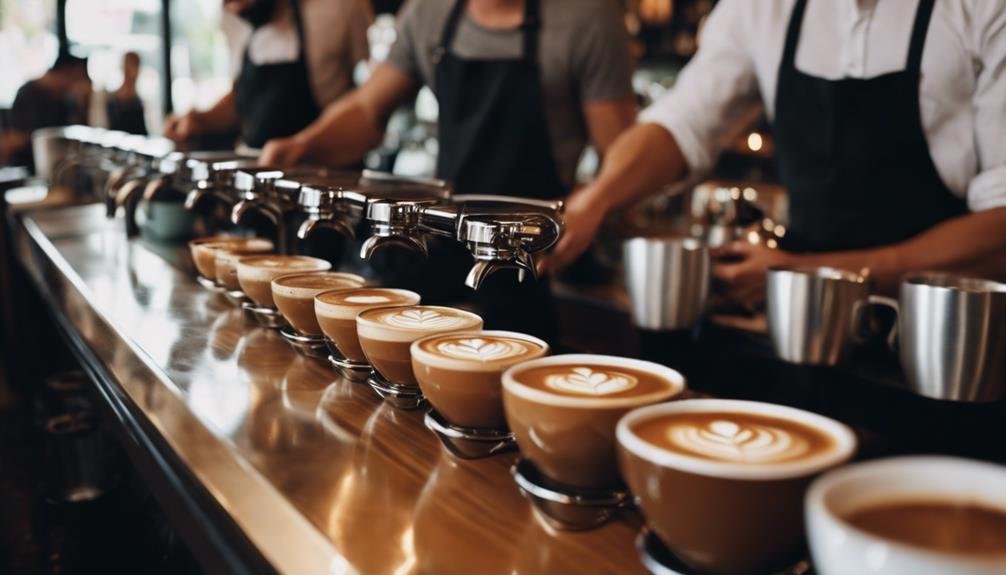
Diving into popularity trends, it’s clear that cappuccinos have seen a significant surge in the US, with orders skyrocketing by 470% in recent years. This foam-topped espresso drink is winning hearts, but let’s not forget about the latte, holding its own with a solid fan base. Here’s what’s brewing in the world of coffee orders:
- Cappuccinos are on the rise: Thanks to its rich espresso flavor and creamy foam, the cappuccino isn’t just a morning ritual but a global sensation. Its appeal stretches beyond the US, deeply rooted in traditional coffee culture, especially in Europe.
- Lattes maintain popularity: Accounting for 33% of all coffee orders; lattes still reign supreme in many cafes. Their smooth, milk-forward taste makes them a go-to for those who prefer less intense coffee but still crave that espresso kick.
- Culture and preferences shape choices: While cappuccinos reflect a traditional coffee culture with equal parts of espresso, milk, and foam, lattes offer a creamier texture that has won over North America. Choosing between a latte and a cappuccino often depends on preference for foam and espresso flavors.
Whether you’re a foam fanatic or a milk enthusiast, the appeal of these coffee champions is undeniable.
Frequently Asked Questions
Which coffee has more foam, Lattes or cappuccino?
A cappuccino has more foam than a latte. This is because a cappuccino is made with equal parts espresso, steamed milk, and a generous layer of frothy foam, whereas a latte has a thinner foam layer.
Which Coffee Has the Most Foam?
Cappuccinos have the most foam, distinguished by their generous layer of frothy milk foam, in contrast to lattes, which have a much thinner foam layer.
Which Has More Caffeine, a Latte or a Cappuccino?
A latte and a cappuccino contain the same amount of caffeine, typically made with the same amount of espresso. The difference in their preparation and texture does not affect the caffeine content.
What Is the Most Frothy Coffee?
A cappuccino is the most frothy coffee. This type stands out for its thick, velvety foam layer, which is frothier than that of a latte due to the vigorous milk aeration process. This makes it the perfect choice for foam enthusiasts.
Conclusion
So, you’ve investigated the rich tapestry behind the cappuccino and latte, delving into their origins, preparation, and the art of milk foam.
Each has its charm, from the bold, layered cappuccino to the creamy, smooth latte.
While taste and texture set them apart, their popularity continues to soar globally.
Ultimately, the choice between them boils down to personal preference. Whether you crave the intensity of a cappuccino or the milky caress of a latte, you’re in for a delightful sip.




